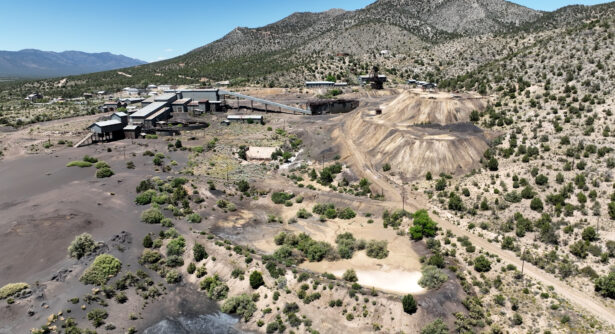
Of Falls and Rivers, Sparks and Stripes
Teri Stripes, a planner with the City of Spokane, stressed the importance of public private partnerships and, emphatically, plans in Spokane’s redevelopment efforts, which were highlighted at the Northwest Remediation Conference. These plans are being successfully applied along the Spokane River and the industrial activities that grew from it, which are now the Riverfront Park and Kendall Yards.
Spokane River’s history dates back to the end of the last Ice Age 15,000 years ago. The Spokane Tribe and other regional tribes gathered along the river to hunt, fish, and collect roots and berries. The lower falls and gorge are still considered sacred to the Spokane Tribe. To this day, regional tribes gather every year near the falls to celebrate their traditions and culture.
The Riverfront Park redevelopment is the comprehensive plan to update and improve the 100-acre Park for the next generation. Industrialization first started in what is now the Park in the late 1870s with industries that used Spokane Falls for power generation. Factories, flour and lumber mills, commercial enterprises and railroad lines were on the site by the 1880s. After the Great Fire of 1889, most of downtown Spokane was destroyed, and by 1900, new development was in place along the south bank of the river, predominantly with municipal buildings, paint shops and printing facilities. Mill activities used the river to transport and store logs. The Union Pacific Passenger Depot, built in 1914, displaced residences and lodgings, and by 1929, the park area was almost completely developed with buildings and railroad infrastructure. Eventually the site became a regional hub for rail industry and transportation, containing multiple factories, depots, and tracks for four transcontinental railroads. The area continued to be used for industry and transportation until the late 1950s when industries declined and vacated, buildings were demolished and replaced with parking. The City of Spokane acquired the railroad properties in the park area in 1972, and most railroad and industrial structures were removed to make way for World’s Fair of 1974 (Expo ’74).
Impacts at the site is related to its railroad and industrial history, fill and fire, which in combination resulted in contamination from metals, petroleum and solvents. In 2016, Spokane received, with CCLR assistance, EPA cleanup grants worth $600,000, which will seed the estimated $3Million needed for construction-associated cleanup for a portion the park. As a long term project, the plans will be useful in ensuring safety while maximizing access to its cultural heritage and the new Park facilities that will be added over time.
Kendall Yards is designed as a multi-use walkable community connected to downtown Spokane. Street-level commercial businesses are intermixed with public spaces, public art, Centennial Trail connection, and single- and multi-family housing.
From 1914 to 1955, various railroad companies operated a complex that included rail yards, a railroad turntable, above-ground oil storage tanks, oil distribution pipelines, warehouses, plating operations and storage. Both coal- and oil-fired steam engines were serviced here. Between 1955 and the late 1980s, railroad operations were abandoned, dismantled and filled. Contaminants found included Bunker C fuel, metals-containing ash, metals, solvents, PAHs, and petroleum.
Bankruptcies and multiple ownerships complicated the cleanup. Black Rock Development purchased the site out of bankruptcy and entered into the State’s Voluntary Cleanup Program. They also received a state Revolving Loan Fund loan in the amount of $2.4 million to finance the cleanup, which consisted of excavation and offsite disposal of contaminated soils at an approved landfill. Approximately 20 acres were cleaned up, with more than 140,000 cubic yards of soil removed.
Spokane leveraged Washington State’s little-used tax increment financing tool called Local Revitalization Financing (LRF) and a Multi-Family Tax Exemption to finance infrastructure and residential development.
Spokane demonstrates how patience and perseverance bridge the occasional sparks that reinvigorate their planning and development efforts. With both the Riverfront Park and Kendall Yards, the long term vision, partnerships and planning were instrumental in obtaining funding when those opportunities came up.
Much of this blog is taken from the City of Spokane and Washington Ecology’s “Brownfields Walking Tour” written by Sandra Treccani (Washington Department of Ecology) and Teri Stripes (City of Spokane). Photos courtesy of the City of Spokane and Washington Department of Ecology.





